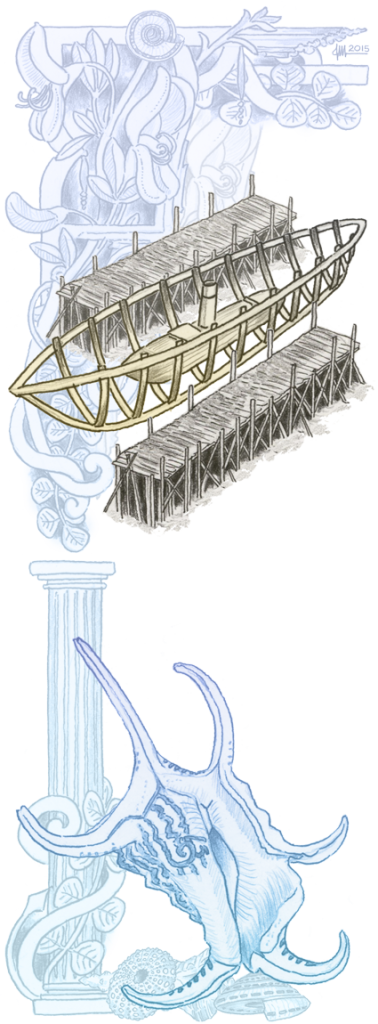Ships Get Pregnant?!:
The California Gold Rush saw many strange things, among them was the pregnant ship Fannie. Someone with an abundance of money wanted to purchase a small steamship from Scotland to use in the bay area. A small steamship wasn’t capable of the long journey from Scotland around Cape Horn South America, so it would need to be shipped. The buyer didn’t want it sent over in parts to assemble. He wanted the whole ship ready for operation. This was probably a prudence stipulation as it would expensive and difficult to find people in the bay area who could assemble the small steamship properly. So shipwrights came up with the crazy idea of placing a finished steamship inside a large sailing ship, then building the larger ship around the smaller one.

Details of the Ship Pregnancy
This was no easy task to fit a steamboat 110 feet in length into a sailing ship. Shipwrights partially built the Fannie, the sailing ship, making sure to leave her sides and deck incomplete. Then at high tide, they sunk her in the harbor and floated the completed steamer overtop into the right position. At low tide the steamship rested in the bottom of the sailing ship Fannie. With the rise of the tide the remaining water was pumped out of Fannie and the sides and deck were built up around the freight now inside her. To get the steamship out again the Fannie had to be sunk with the deck and timbers removed. This task was anticipated, the builders carefully put together the upper works of the Fanny with screws so that she could be easily disassembled for this purpose. As if this Caesarian birth wasn’t enough of a miracle, on the Fannie’s trip to California to deliver her baby ship, she was struck by lightning three times off the Juan Fernandez Islands. Evidently she sustained no damage from the lighting strikes.
Reference:
Dundee Courier, Wednesday 06 August 1851, pg. 1.
